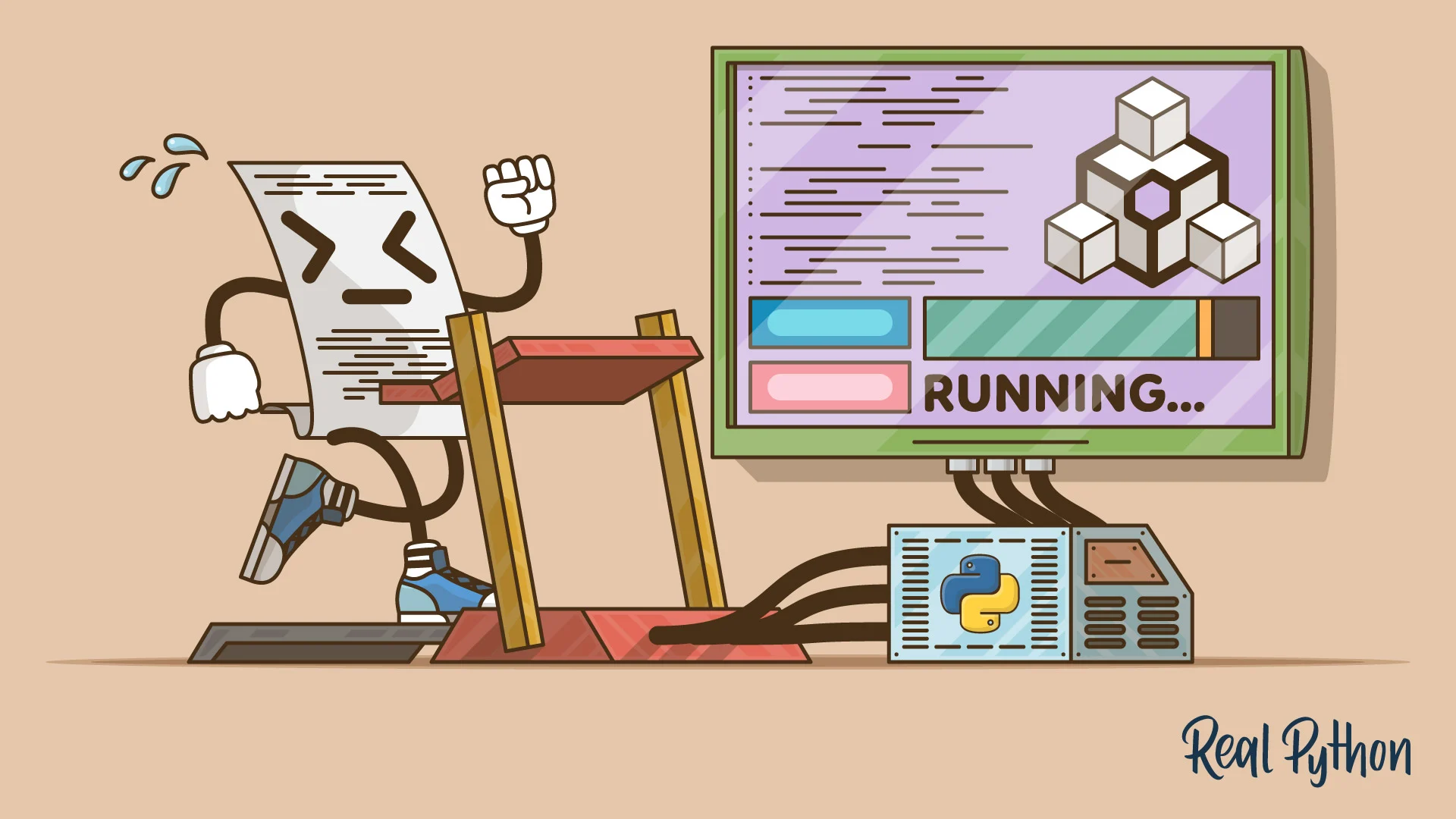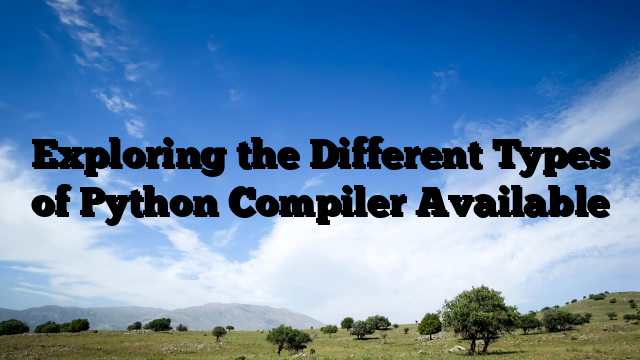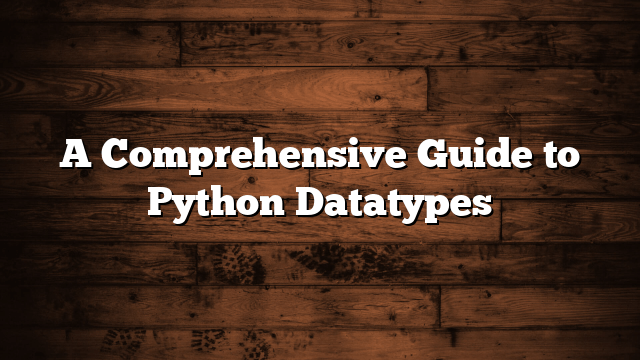Certainly! Let’s go through the blog post outline step by step, including the keyword “how to run a Python script“:
I. Introduction
A. Briefly explain the importance of Python scripting in various fields
– Introduce Python as a versatile and widely-used programming language, highlighting its significance in areas like web development, data analysis, automation, etc.
B. Highlight the versatility and popularity of Python as a programming language
– Mention Python’s growing popularity among developers due to its simplicity, readability, and vast community support.
C. Introduce the purpose of the blog post: to help readers learn how to run Python scripts proficiently
– Emphasize that the post will focus on teaching readers the essential skills to execute Python scripts effectively.
II. Understanding Python Scripts
A. What are Python scripts?
– Define Python scripts as a series of instructions written in Python language, typically saved in a file with a .py extension.
B. How Python scripts differ from regular Python programs
– Explain that scripts are generally smaller, self-contained, and focused on specific tasks compared to larger Python applications.
C. Advantages of using scripts for automation and repetitive tasks
– Highlight the benefits of using scripts, such as saving time, reducing manual effort, and streamlining workflows.
III. Setting Up the Python Environment
A. Installing Python on different platforms (Windows, macOS, Linux)
– Provide step-by-step instructions for installing Python on different operating systems, making it accessible to all readers.
B. Configuring the Python environment variables
– Explain the significance of environment variables and how to set them up correctly to execute Python scripts smoothly.
C. Selecting the right code editor or IDE for scripting
– Introduce popular code editors and Integrated Development Environments (IDEs) suitable for writing and running Python scripts.
IV. Writing Your First Python Script
A. Basic syntax and structure of a Python script
– Provide a simple explanation of Python syntax, including variables, loops, conditionals, and functions.
B. Creating a simple “Hello, World!” script
– Walk readers through the process of writing their first Python script that displays “Hello, World!” on the screen.
C. Explaining variables, data types, and comments in scripts
– Elaborate on the concept of variables, different data types, and the importance of comments in script readability.
V. Running Python Scripts
A. Command-line execution on different operating systems
– Guide readers on running Python scripts through the command-line interface on various platforms.
B. Using an integrated development environment (IDE) to run scripts
– Demonstrate how to execute scripts directly from an IDE, catering to readers who prefer a graphical interface.
C. Troubleshooting common issues during script execution
– List and explain potential problems readers might encounter while running scripts and offer troubleshooting tips.
VI. Working with External Libraries and Modules
A. Overview of Python libraries and their significance
– Introduce the concept of Python libraries and how they extend the functionality of scripts.
B. Installing and importing external libraries for extended functionality
– Walk readers through the process of installing and importing external libraries, using practical examples.
C. Example: Using a library to manipulate images or process data
– Showcase a real-world example of using an external library to perform a specific task, such as image manipulation or data processing.
VII. Scripting Best Practices
A. Following coding conventions for clean and readable scripts
– Share coding best practices that make scripts more organized, readable, and maintainable.
B. Using functions and classes for modular and organized scripts
– Explain how functions and classes enhance script modularity and reusability.
C. Error handling and debugging techniques
– Teach readers how to handle errors and debug scripts effectively for a smoother scripting experience.
VIII. Advanced Python Scripting Techniques
A. Working with command-line arguments and user inputs
– Introduce methods for accepting user inputs and command-line arguments to make scripts more interactive.
B. Reading and writing files using scripts
– Demonstrate how to read data from files, write data to files, and manipulate file content using Python scripts.
C. Automating tasks with scheduled scripts using Cron or Task Scheduler
– Show readers how to automate script execution using system schedulers like cron on Unix-based systems or Task Scheduler on Windows.
IX. Real-world Use Cases
A. Demonstrating practical examples of Python scripts in different domains (e.g., web scraping, data analysis, automation)
– Present real-world use cases where Python scripts play a vital role in solving specific problems.
B. How Python scripting streamlines workflows and saves time
– Highlight the efficiency and time-saving aspects of Python scripting in various scenarios.
C. Inspiring readers to explore creative applications of Python scripting
– Encourage readers to think outside the box and explore unique ways to apply Python scripts to their interests or projects.
X. Conclusion
A. Recap the key points covered in the blog post
– Summarize the main concepts and skills readers have learned throughout the post.
B. Encourage readers to continue learning and experimenting with Python scripts
– Motivate readers to continue their Python scripting journey and explore more advanced topics.
C. End with a call-to-action, inviting readers to share their experiences or ask questions in the comments section.
– Prompt readers to engage with the post by leaving comments, sharing their Python script experiences, or seeking further guidance.
This comprehensive outline will guide you in creating a valuable and informative blog post on running Python scripts effectively.



















